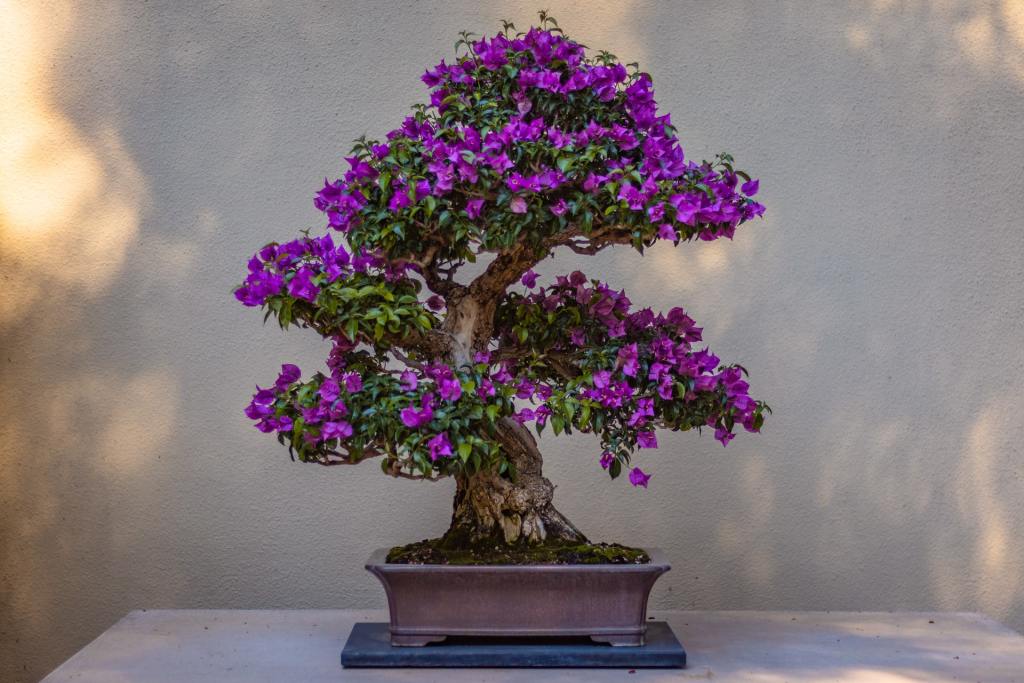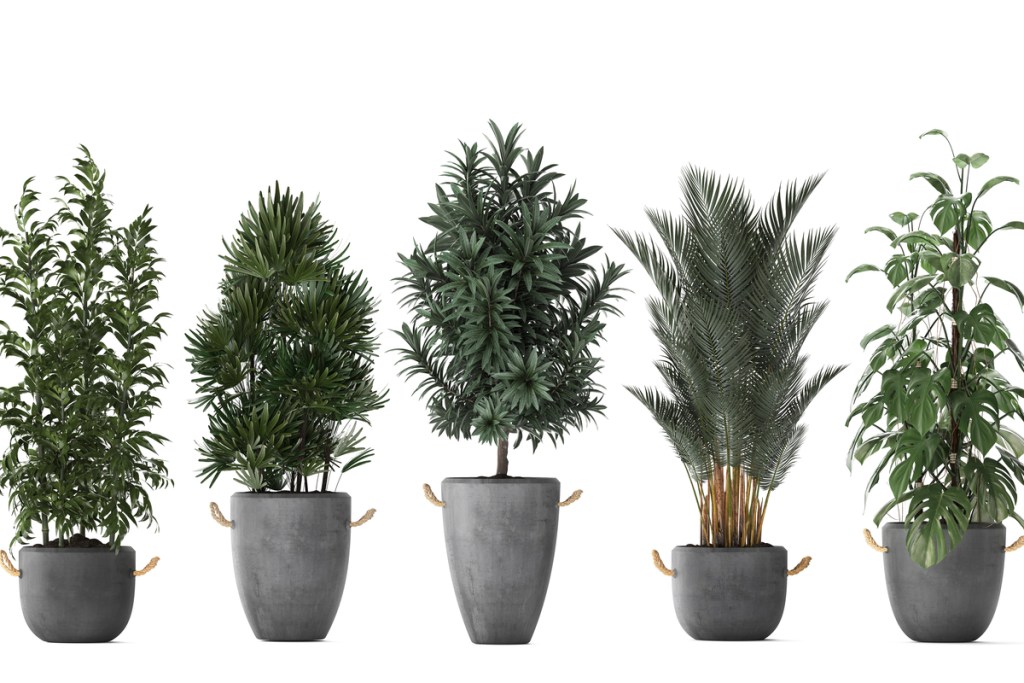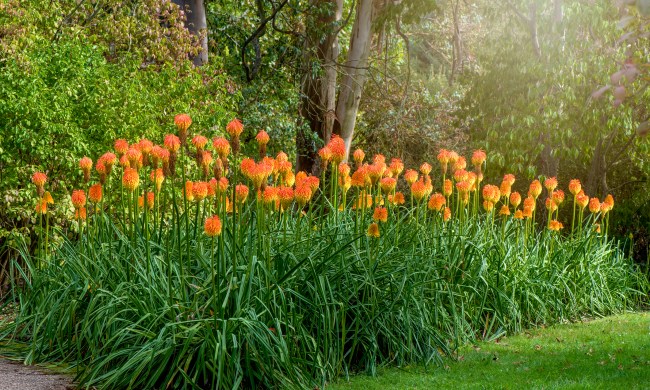Trees are a great addition to yards and gardens. There are a lot of reasons you may want to grow a tree, whether you want a little more shade in your yard or want to commemorate an important date with a tree planting. You can get saplings from a nursery to plant directly in the ground, but if you’re looking to start even younger, or want to remove some of the variables that come with exposing a young plant to the elements, you might consider starting your tree in a pot. If you want to know all the ins and outs of starting a tree in a pot, stick around to find out!
What types of trees can be started in pots?
Good news! Any type of tree can be started in a pot. However, there will be differences in care requirements depending on the tree, and some trees do better in pots than others. Trees that stay small can be kept in pots for longer, as can some larger trees that are very slow growing.
A bonsai tree, for example, can live its whole life in a pot, provided it is properly cared for and is in the right size pot with the correct soil to grow in. A walnut tree, on the other hand, likely won’t be able to live in a pot for more than a year, although you could stretch that if you have very large pots.
What size pot is best?
The best pot is one that is just a bit bigger than the roots of the plant. This means that, when starting a plant that grows quickly such as trees, which get drastically bigger in their first year, you need to start small and repot your plant regularly. Although it may seem tempting to get a large pot that your tree could grow into to avoid later transplants, this can actually cause major problems.
The main problem caused by a pot that is too big is uneven watering. This can mean overwatering or underwatering and often leads to root rot or dehydrated plants. When you water a plant, the water soaks into the soil and the roots absorb it. However, in pots that are too big the water pools in places where the roots can’t reach. Then, either the plant is watered again before all the water is gone, causing a build up of water, or the plant is not watered again under the assumption that the roots can reach the wet soil at the bottom and sides of the pot, leading to wilted plants.
Where should you put the pot?
While the needs of trees vary depending on the species, there are a few things you need to keep in mind. While your tree is just a sprout, make sure it gets plenty of sun. Young plants need lots of energy to grow, and trees are no exception. Keep an eye out for sunburns, though, in the form of brown spots on leaves. Sunburns can be caused by getting too much direct light or sunlight that is focused through water on the leaves.
You also want to be mindful of the temperature. Young plants are especially sensitive to extreme temperatures and to sudden temperature changes. It’s often best to start your plants indoors so they can develop in relative safety, and then slowly move them outside once they’re strong enough. Be mindful of drafts caused by loose windows or heating and air vents!

How often should you repot your tree?
This depends slightly on what type of tree you have and what size pot you’re starting with. A good rule of thumb, however, is to repot your tree whenever you see a significant size change, or if you start noticing a change in plant health that could be related to pot size.
As trees age, they begin to grow more slowly and will need less repotting. In their early life, when they are growing quickly, you may need to repot your plant once every week to two weeks, depending on the type of tree. Once they begin to slow down, you may find yourself repotting once a month to two months, then less frequently.
Larger trees often struggle in containers after the first year of development. Their roots are simply not made for pots, so unless you happen to have industrial-size pots on hand, it’s time to transplant them into your yard or garden.
Now you know all you need to know about starting trees in flower pots! Start with a small pot, repot often, give them plenty of light, keep them warm, and you should be just fine. Go with confidence, knowing that you can start any tree you want in a pot! Just be sure that if you’re starting a large tree, you have somewhere to put it when it grows up.




